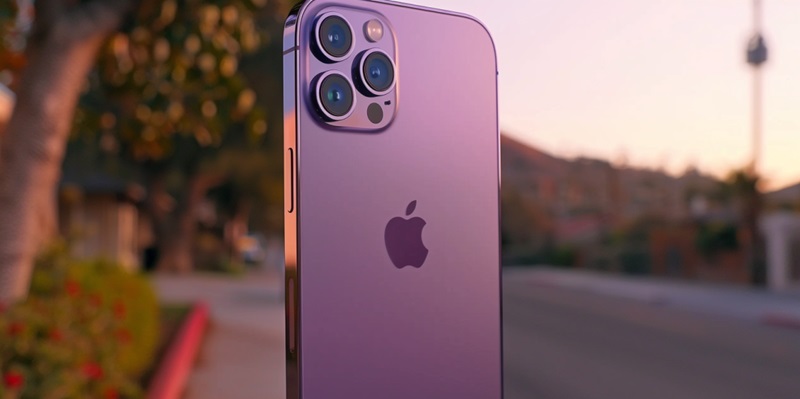Capturing low-light imagery has always been one of the most challenging tasks for mobile cameras. But with the iPhone 14 Pro Max, Apple has taken a colossal leap forward. At the heart of this transformation is an upgraded camera sensor that dramatically increases light sensitivity, allowing for more photons to hit the sensor, resulting in brighter images with less noise. The iPhone 14 Pro Max leverages a larger sensor and a wider aperture compared to its predecessors. This allows it to capture more fine details and preserve shadow information that would otherwise get lost in the darkness.
Moreover, the enhancements are not just hardware-bound. The integration of a LiDAR Scanner has refined autofocus consistency and speed in the dark, making nighttime photography less about wrestling with camera settings and more about capturing the moment. The LiDAR Scanner’s advanced distance mapping synchronizes with the wider aperture to ensure that shots are sharp, even when the lighting is not. This evolution promises a tangible leap in image quality, seen in the striking clarity and depth of field in photos taken in challenging light conditions.
Revolutionary Computational Photography
The iPhone 14 Pro Max shines in night photography, thanks to Apple’s Deep Fusion technology that processes images pixel-by-pixel for optimal detail and noise reduction. These features result in sharp, clean night shots. The machine learning algorithms underpinning Deep Fusion effectively identify and enhance different scene aspects, ensuring a natural, well-lit appearance.
With its Night Mode, the iPhone 14 Pro Max captures and merges multiple exposures, improving dynamic range and color fidelity effortlessly. Previously, night photography required a balance between exposure time and stability; now, the integration of both optical and digital stabilization allows for crisp, stable handheld night photography. The transformation in night photo quality with this device is a leap forward for mobile photography enthusiasts.

